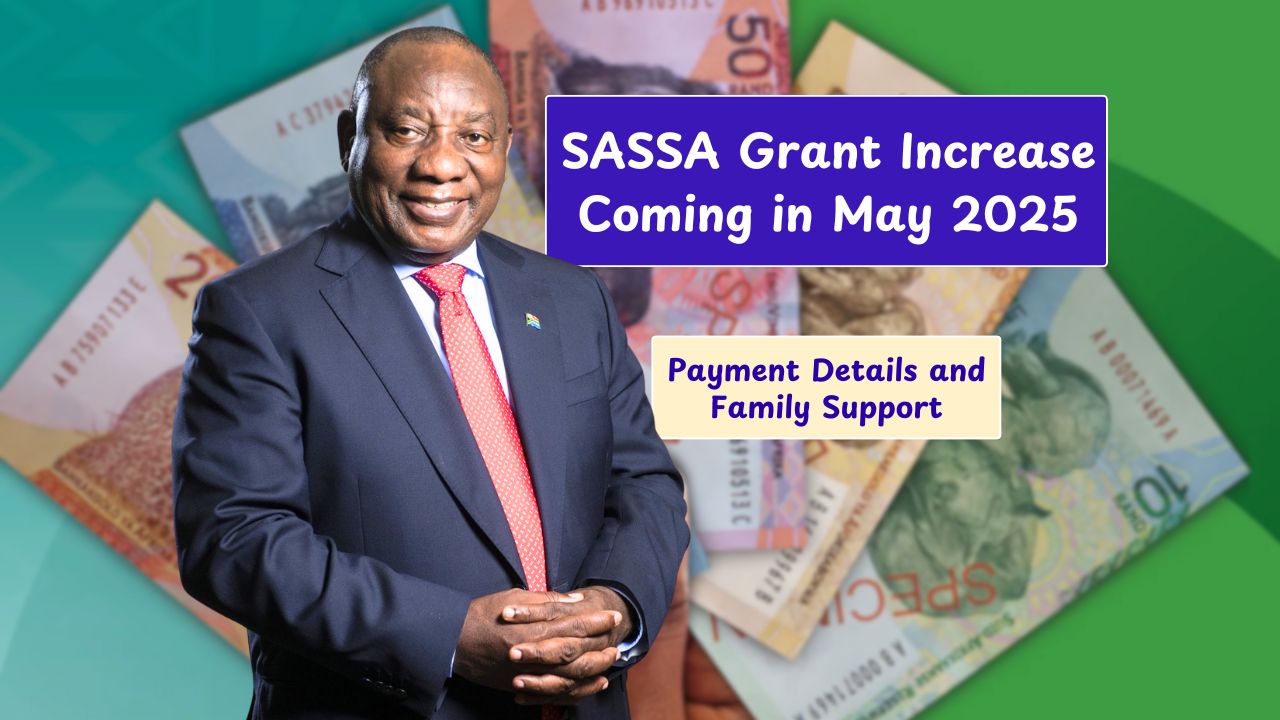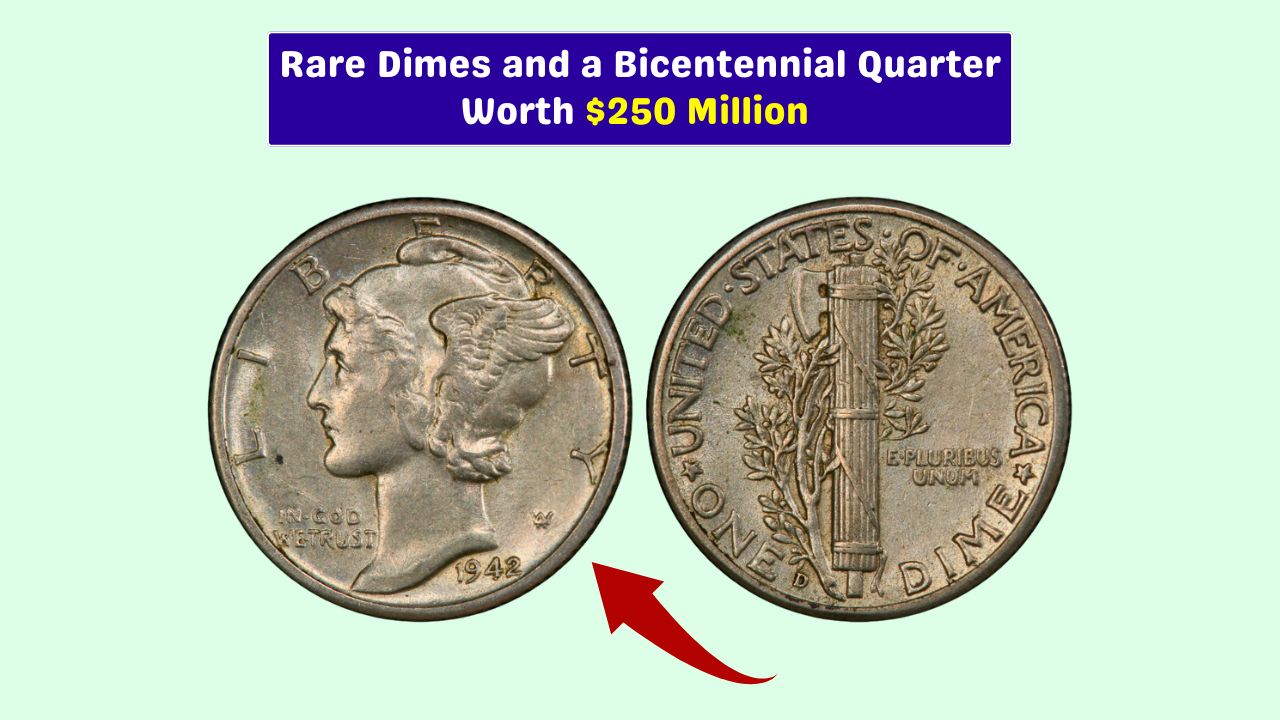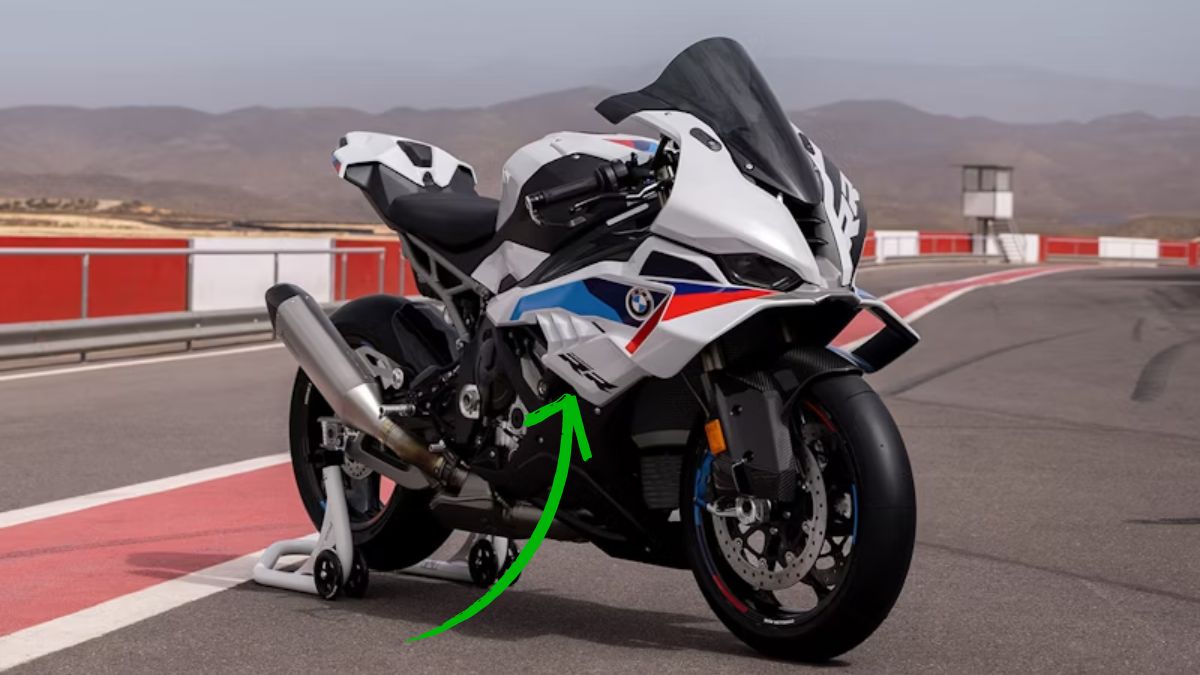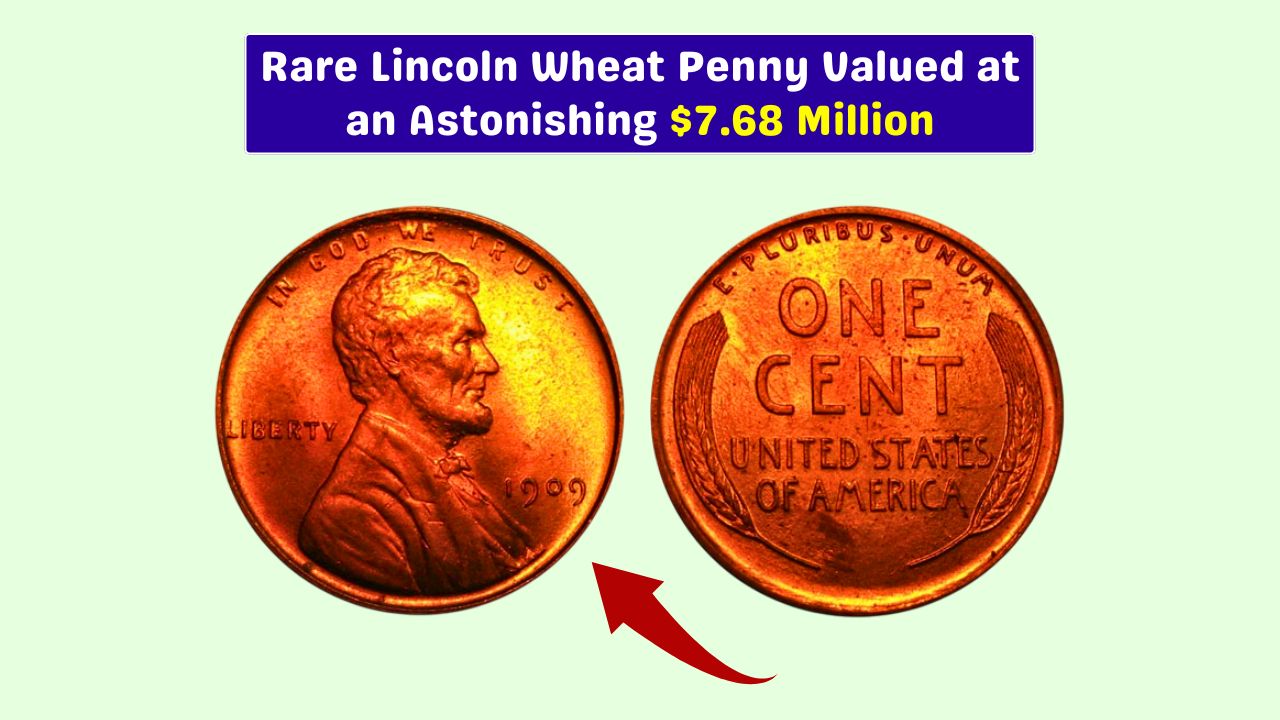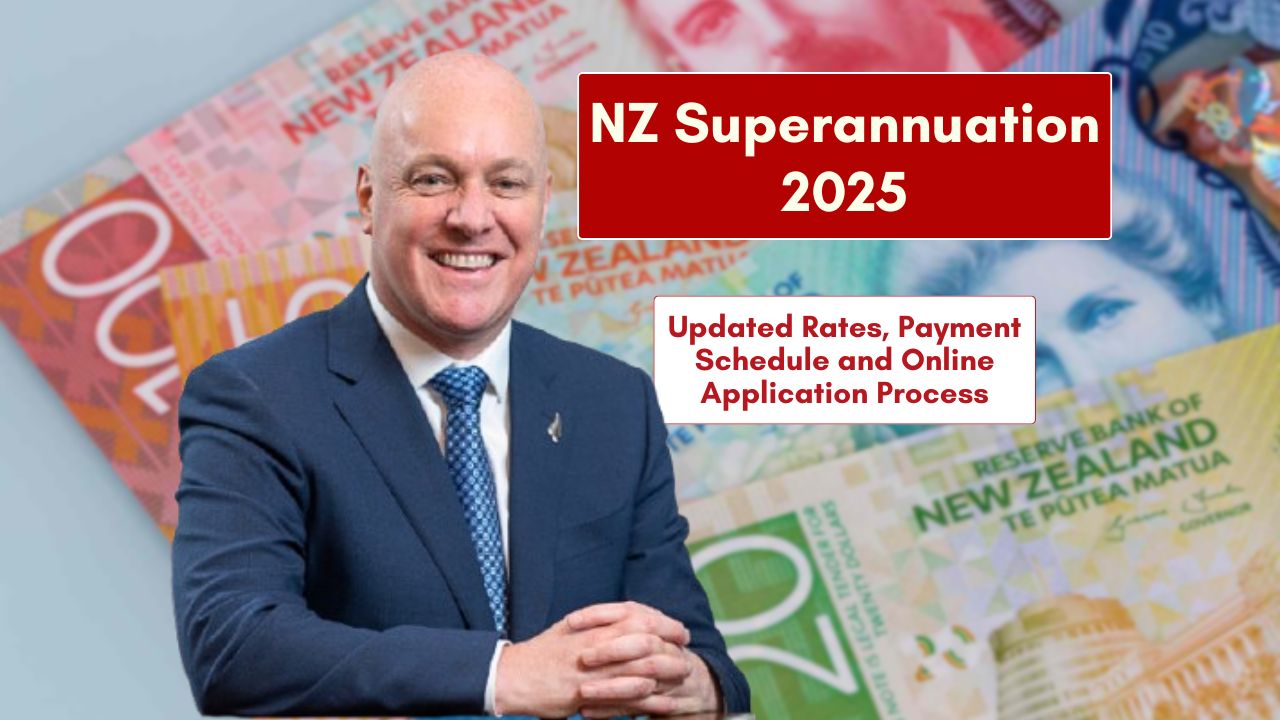Making that leap from government support to employment can feel overwhelming—but what if you didn’t have to lose your benefits right away? That’s where Centrelink Working Credit 2025 steps in.
It’s not just another policy—it’s a powerful tool that helps you hold onto your income support while transitioning into the workforce. If you’re receiving JobSeeker, Youth Allowance, Parenting Payment, DSP, or Carer Payment, this guide will show you how to make the most of it.
Table of Content
Overview
Working Credit is basically a financial cushion. If your income is under $48 per fortnight, you earn credits. Later, when you do get a job and your income rises, those credits kick in to keep your Centrelink payments going longer. That means more money in your pocket while you adjust to working life.
Here’s a quick look at how the system works:
| Feature | Details |
|---|---|
| What is Working Credit? | Lets you earn more without cutting payments immediately |
| Maximum Credit Cap | 1,000 credits (3,500 for Youth Allowance job seekers) |
| Eligibility | JobSeeker, Youth Allowance (job seekers), Parenting, DSP, Carer Payment |
| Earnings Threshold | Under $48/fortnight accumulates credits |
| How to Apply | Via Services Australia / myGov |
| Why Timing Matters | Early application = more credits |
| Reporting Income | Credits used automatically when you report income |
Explanation
So what exactly is Working Credit?
It’s a system that rewards you for having a low income by letting you “save up” credits. You don’t need to apply separately for the credits—just for your regular Centrelink support. Then, when you start earning, your credits help reduce the amount your payment drops by.
Think of it like a mobile phone data rollover plan: use little, save a lot, and later, you’ve got something extra to rely on when things ramp up.
Let’s say you have 600 credits and you start earning more than usual. Rather than your support being cut straight away, Centrelink will use those 600 credits to “soak up” your income, keeping your payments flowing while you settle into the job.
Timing
If you’re planning to work soon, don’t wait until the job starts to apply for income support. Why? Because you can’t build credits if you’re not on the system.
Take this example:
Emily finishes uni in January and applies for Youth Allowance right away. She doesn’t find a job until June, but by then, she has saved up 3,500 Working Credits.
When she starts working in retail, those credits let her keep getting Youth Allowance longer—perfect while she adjusts to new expenses like transport and lunches.
Early action = stronger safety net.
Strategy
Here’s how to make Working Credit work for you:
Check Eligibility
You’re eligible if you’re on:
- JobSeeker
- Youth Allowance (job seekers)
- Parenting Payment
- Disability Support Pension (under some conditions)
- Carer Payment
Double-check with Centrelink if you’re unsure.
Apply Early
Apply via your myGov account. Once approved, you begin building credits. Don’t wait—credits only stack up while you’re on a payment and under the $48 earnings limit.
Track Credits
Use your myGov portal to monitor your balance. They increase automatically when your earnings are low. You won’t lose them until you start making money over the threshold.
Start Working
When your job begins, your Working Credits kick in automatically. That buffer protects your support from vanishing all at once.
Keep Reporting
Always report your income every fortnight, even if you think your payment might stop. Centrelink uses the numbers you submit to apply credits and determine what you’re still owed.
Tips
- Apply early: Don’t wait until you’re employed—build credits in advance.
- Be strategic: Plan your job start with your credit balance in mind.
- Stay updated: Follow Centrelink’s updates for any changes to limits or rules.
- Know your partner’s income: It could affect how many credits you can use.
- Keep records: Always have documentation of work hours and income reports.
Facts
Here are some interesting stats about Working Credit:
| Statistic | Data |
|---|---|
| Max credits (most payments) | 1,000 |
| Max credits (Youth Allowance job seekers) | 3,500 |
| Australians who used support during job transition (2023) | 700,000+ |
| Recipients who used Working Credit in first 3 months | 49% |
| Youth under 25 benefiting from Working Credit | 2x more likely |
| Eligible recipients unaware of Working Credit | 30%+ |
Working Credit 2025 is more than a policy—it’s a smart way to transition into the workforce without losing your financial safety net.
With good timing, smart planning, and regular updates, you can protect your income and ease into your next job with confidence.
FAQs
What is Centrelink Working Credit?
It’s a system that helps you keep payments when starting work.
How many credits can I earn?
Up to 1,000 or 3,500 for Youth Allowance job seekers.
When should I apply?
As early as possible, before starting work.
Where do I apply for Working Credit?
Apply for income support via myGov to start earning credits.
Do credits apply automatically?
Yes, when you report income, credits are used automatically.




